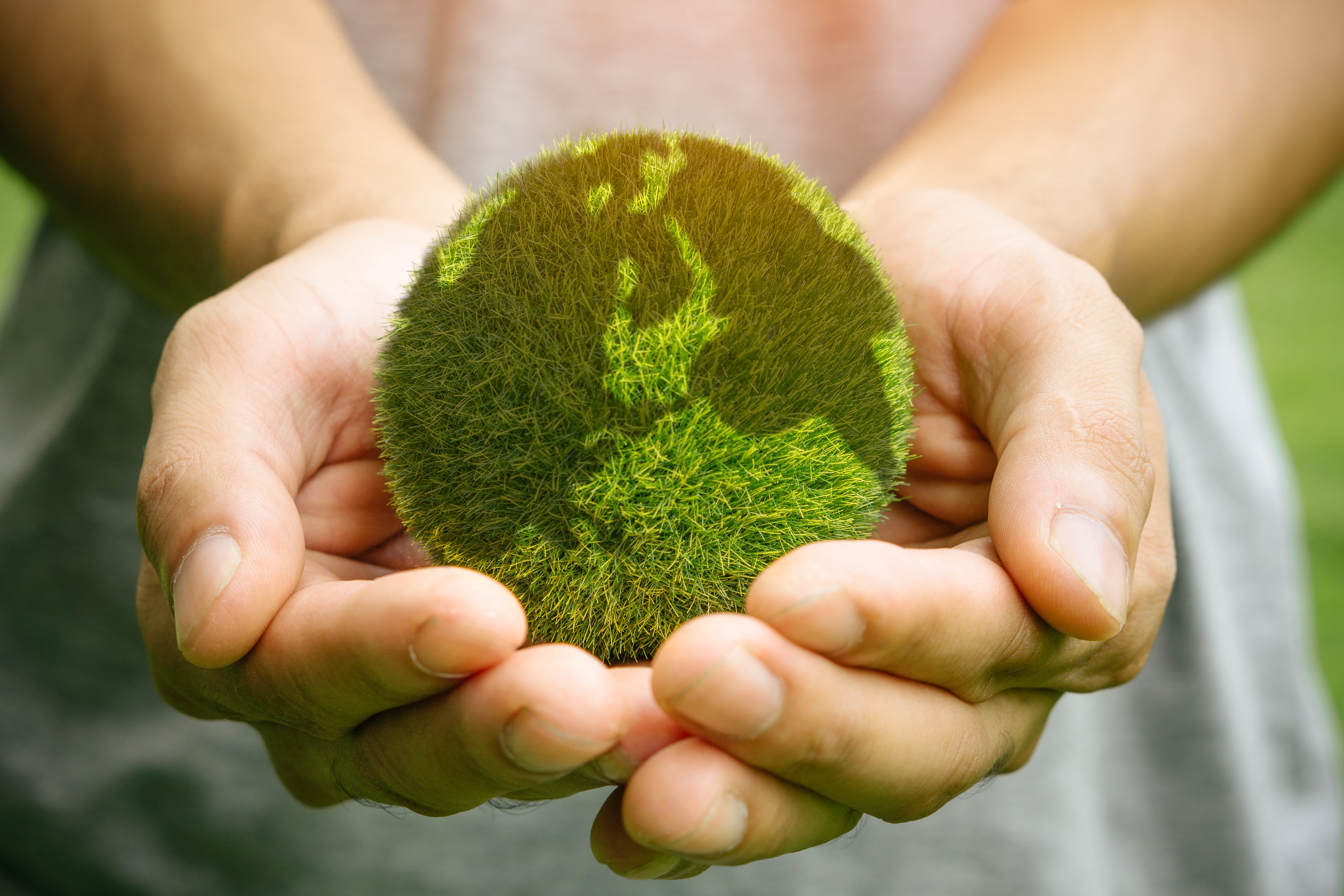Unwrapping the truth of 100 per cent recyclable packaging
THE ARTICLES ON THESE PAGES ARE PRODUCED BY BUSINESS REPORTER, WHICH TAKES SOLE RESPONSIBILITY FOR THE CONTENTS

Trivium is a Business Reporter client
Manufacturers and brands are making bold and admirable commitments to the environment by creating packaging materials that are sustainable and recyclable. But while many global brands claim their products are wrapped or boxed in 100 per cent recyclable materials, are they really?
There is a big difference between what can be recycled in theory and the practical reality. Recycling technology, collection infrastructures, consumer behaviour, legislation and incentives all differ between and within countries, resulting in big differences in recycling rates. The picture becomes even more nuanced when you look at how many times a material can be recycled. Some materials degrade quickly and can only be recycled a handful of times or less while others, such as metals and glass, can be recycled forever.
Governments, environmental organisations and brands are starting to embrace this nuanced picture, and we are seeing a shift towards a more circular approach to recycling. A circular life-cycle assessment at the product level must take into account all aspects related to product circularity, including recycled content, recycling rate, intrinsic recyclability, yield during recycling, and the potential to substitute primary resources.
Circularity was a driving force when the UN Environment Programme agreed earlier this year to develop a treaty designed to end plastic pollution. The resolution addresses the full lifecycle of plastic, including production, design and disposal. There is good reason for the UN Environment Programme to target plastics: plastic waste has doubled in the past two decades and only about 9 per cent is successfully recycled. The rest ends up in landfill, is incinerated, or leaks into the environment.
Consumers are also becoming more aware of the environmental effects of choices they make. When it comes to packaging, 67 per cent identify as environmentally aware and 73 per cent are willing to pay more for eco-friendly packaging. That means it’s time for brands to take a hard look at their packaging material choices and rethink what materials can best protect their products and the environment at the same time.
Permanent materials such as steel and aluminium may prove to be the most sustainable choice in many cases. The recycling rates of both are well over 60 per cent on a global basis and over 75 per cent in Europe. Once sourced, they are infinitely recyclable, making them circular by nature and allowing them to stay in the loop forever. When you add factors such as increased shelf-life, protection from light and oxygen and significant progress in light-weighting, you start seeing the viability of metal packaging in far more areas than canned food.
“Companies need to take a more holistic view of sustainability, such as the environmental impact directly caused by production, use and disposal, environmental impact caused by unnecessary food waste, and impact caused by the disposal of packaging materials,” says Jenny Wassenaar, Chief Sustainability Officer at Trivium Packaging, a leader in metal packaging. “It is time to shift away from plastics altogether and focus on permanent materials that can be recycled forever.”
Manufacturers and brands around the world are taking real steps to evolve their goals to be eco-conscious. Product designers and developers are creating more and more packaging solutions in the home and personal care category that are embracing the use of metals, as seen in refillable shampoo containers with metal pump systems, and wine being bottled in aluminium containers.
The sustainability goals of many big brands may also need an adjustment to progress to circularity, not just recyclability. The goals need to evolve from single-use to circular life-cycle assessments, which more accurately reflect the environmental impact of a material over its full lifespan. If manufacturers and consumers embrace more comprehensive goals, they can effectively combat climate change. The planet depends on this evolution towards rethinking recycling.
As Wassenaar says, “Manufacturers and brands have an opportunity and responsibility to think through their environmental footprint and deliver value in ways that matter increasingly more to their customers who are demanding more environmentally friendly products.”
For more research and insights, visit www.triviumpackaging.com
Originally published on Business Reporter
